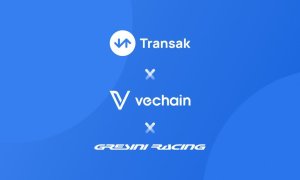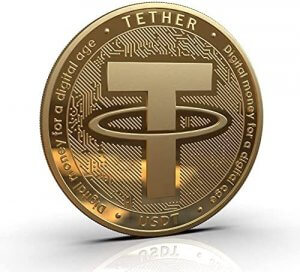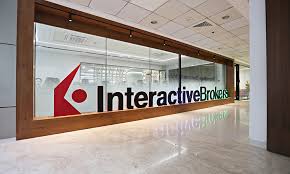What is a Non-deliverable forward (NDF): Finalto’s Antony Parsons explains
“Certain assets are more difficult to deliver than others […] By utilizing cash-settled contracts, these otherwise inaccessible forex pairs can be seamlessly integrated into a portfolio. This principle can also be applied to regions with currency controls, making NDFs a valuable tool for acting upon or hedging less liquid opportunities.”

Staying ahead of the curve means constantly exploring new opportunities and asset classes. One such asset class that has been gaining traction in recent times is Non-Deliverable Forwards (NDFs).
These financial instruments offer a unique solution to liquidity issues in less accessible currency pairs. To shed light on what NDFs are and why they are becoming increasingly significant, Finalto sat down with Antony Parsons, Head of Liquidity at Finalto.
Finalto is a market leader in financial services. Its comprehensive B2B offering enables retail brokers to license its proprietary trading platform, CRM software, back-office, and business-intelligence systems, and use Finalto’s exclusive liquidity technology providing retail brokers with multi-asset execution, prime brokerage services, liquidity, and trading tools.
Understanding NDFs: A cash-settled alternative
An NDF, or Non-Deliverable Forward, is a specialized type of forward contract used primarily in foreign exchange markets. What sets NDFs apart from traditional forwards is how they are settled.
When trading an NDF, counterparties agree to settle the difference between the contracted NDF rate and the prevailing spot exchange rate on a specified future date. Crucially, NDF contracts are settled in cash rather than through the physical delivery of the underlying currency.
Antony Parsons explains the significance of this cash settlement feature, stating, “Certain assets are more difficult to deliver than others. For instance, major currency pairs like EUR/USD are highly deliverable because of the ample liquidity available in both the Euro and US Dollar markets. However, when dealing with currency pairs like USD/BRL, where liquidity for the Brazilian Real is scarcer, NDFs become a viable solution. By utilizing cash-settled contracts, these otherwise inaccessible forex pairs can be seamlessly integrated into a portfolio. This principle can also be applied to regions with currency controls, making NDFs a valuable tool for acting upon or hedging less liquid opportunities.”
Rising demand for NDFs: A hedging and speculation tool
As for the current market demand for NDFs, Antony Parsons notes a growing interest, albeit with a twist. “In a broad sense, yes, there is increasing interest in NDFs. However, it’s important to recognize that much of this demand comes from hedging activities rather than pure speculation. Companies with foreign offices, for example, can utilize NDFs to hedge against exchange rate risk when expanding into new markets. Yet, there’s still a considerable demand from those looking to speculate. NDFs can be quite volatile in certain currency pairs, making them an intriguing addition to a well-managed portfolio.”
So, is hedging the primary use for NDFs, or do they serve as tools for speculation as well? According to Antony Parsons, it’s a bit of both. “For hedging, let’s revisit the example of the Brazilian Real. Suppose a company has an office in Brazil and needs to pay salaries in Brazilian currency. Their financial well-being is closely tied to the fluctuations in the Brazilian Real. To mitigate this risk, they can hedge the difference between the Brazilian Real and another currency using NDFs. Since NDFs essentially function as forward contracts, they offer a convenient way to hedge against the volatility of less readily available currencies.”
He continues, “Speculation is another dimension where NDFs shine. While you can acquire Brazilian Real within Brazil’s economy, trading it outside of that context can be challenging due to limited liquidity. NDFs bridge this gap, allowing brokers and traders to speculate on these instruments without the need for access to the physical, deliverable currency.”
NDFs have emerged as a versatile asset class offering solutions to liquidity challenges in the foreign exchange market. Whether used for hedging against currency risk or as a tool for speculation, NDFs have the potential to enhance portfolio strategies and open doors to new and exciting opportunities. As the financial landscape continues to evolve, staying informed about innovative instruments like NDFs is crucial for market participants seeking to navigate the ever-changing terrain of global finance.









